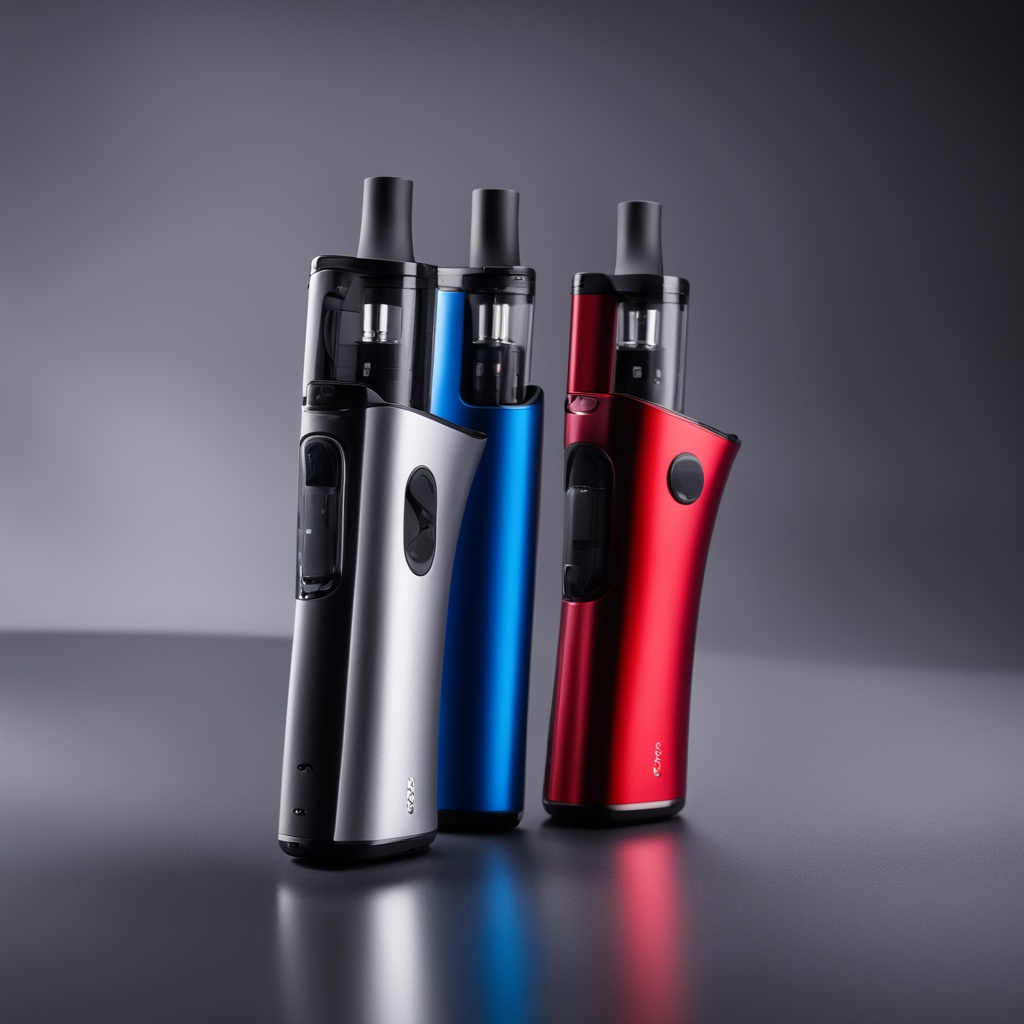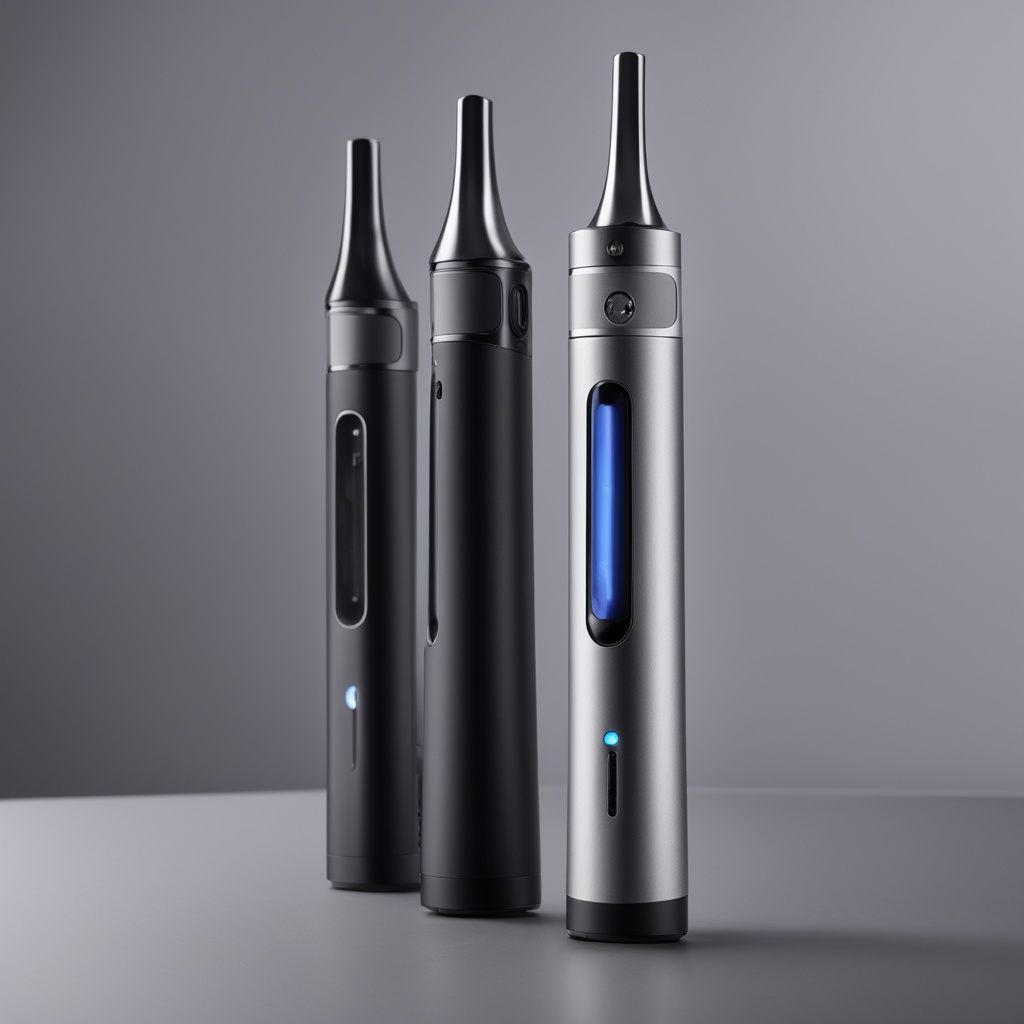Exploring Vape Store Online Australia: A Comprehensive Guide to E-Cigarettes
Welcome to this comprehensive guide on vape store online australia. If you’re new to the world of e-cigarettes or simply looking to expand your knowledge, this article will provide valuable insights into the vaping industry in Australia. From the history of e-cigarettes to their benefits and risks, we’ll cover everything you need to know.
A Brief History of E-Cigarettes
E-cigarettes, also known as vaporizers or e-vapes, have a fascinating history. The first modern e-cigarette was invented in 2003 by Chinese pharmacist Hong Kong-based Dr. Hon Lik. His invention aimed to provide a safer alternative to traditional cigarettes. Since then, the technology has evolved significantly, and today, e-cigarettes are widely used around the globe.
Australia has embraced vaping as a popular smoking cessation tool. Many smokers have turned to vape store online australia to find high-quality products that meet their needs. But how did vaping become so popular in Australia? Let’s explore the factors driving its growth.
The Rise of Vaping in Australia
Vaping has gained popularity in Australia due to its perceived benefits over traditional smoking. Many smokers have switched to e-cigarettes as a way to reduce harm and eventually quit smoking altogether. According to public health experts, vaping is significantly less harmful than smoking, making it an attractive option for many Australians.
However, the rise of vaping hasn’t been without controversy. The Australian government has implemented strict regulations to ensure the safety of consumers. These regulations include restrictions on nicotine content and advertising. Despite these challenges, the vaping industry in Australia continues to grow, with vape store online australia playing a crucial role in meeting the demand for high-quality products.
What are some of the benefits of vaping? Let’s take a closer look.
The Benefits of Vaping
Vaping offers several advantages over traditional smoking. One of the most significant benefits is the reduction in harmful chemicals. Unlike cigarettes, which contain thousands of toxic chemicals, e-cigarettes produce vapor that contains fewer harmful substances. This makes vaping a safer alternative for smokers looking to reduce their health risks.
Another benefit of vaping is the ability to customize the experience. Users can choose from a wide range of flavors, nicotine strengths, and device types. This customization allows individuals to find a product that suits their preferences and lifestyle. For example, some users prefer disposable vapes for convenience, while others opt for refillable devices for greater control over their vaping experience.
But is vaping entirely risk-free? Let’s examine the potential risks associated with e-cigarettes.
The Risks of Vaping
While vaping is generally considered safer than smoking, it’s not without its risks. One concern is the potential for nicotine addiction. Nicotine is a highly addictive substance, and while it’s present in lower concentrations in e-cigarettes compared to traditional cigarettes, it can still lead to dependence.
Another risk is the impact of vaping on lung health. Studies have shown that certain chemicals found in vape liquids can cause lung irritation or inflammation. This is particularly concerning for individuals with pre-existing respiratory conditions. However, these risks are typically lower than those associated with smoking traditional cigarettes.
What steps can you take to minimize the risks of vaping? Let’s explore some tips for safe vaping.
Tips for Safe Vaping
If you’re considering vaping, there are several steps you can take to ensure a safer experience. First and foremost, choose high-quality products from reputable vape store online australia. This will help reduce the risk of exposure to harmful chemicals or defective devices.
Secondly, be mindful of your nicotine intake. Start with a lower nicotine concentration and gradually reduce it over time if you’re trying to quit smoking. This approach can help minimize the risk of dependence while still providing the desired effects.
Finally, stay informed about the latest research and regulations regarding vaping. The vaping industry is constantly evolving, and staying up-to-date on new information can help you make informed decisions about your health.
Now that we’ve covered the basics of vaping, let’s dive into the different types of e-cigarettes available in Australia.
The Different Types of E-Cigarettes
E-cigarettes come in a variety of forms, each with its own advantages and disadvantages. The most common types include disposable vapes, refillable devices, and advanced vaping systems.
- Disposable Vapes: These are pre-filled devices that can be used immediately and disposed of after the liquid is depleted. They’re convenient and require no setup, making them ideal for beginners or those looking for a hassle-free vaping experience.
- Refillable Devices: These allow users to refill the device with their preferred vape liquid. Refillable devices offer greater customization but require more maintenance and knowledge of vaping basics.
- Advanced Vaping Systems: These are high-end devices designed for experienced vapers. They offer advanced features such as variable wattage, temperature control, and interchangeable coils. While they provide a superior vaping experience, they can be complex to use and require more investment.
When choosing an e-cigarette, consider your preferences, budget, and level of experience. For example, if you’re just starting out, a disposable vape or a simple refillable device may be the best option. On the other hand, if you’re an experienced vaper, an advanced vaping system might offer the customization and performance you’re looking for.
Where can you find high-quality e-cigarettes in Australia? Let’s explore some popular options.
Finding High-Quality E-Cigarettes in Australia
If you’re looking for reliable e-cigarettes in Australia, there are several reputable online stores and physical retailers to choose from. One of the most trusted names in the industry is Notable Vapes, a leading supplier of high-quality vaping products.
Notable Vapes offers a wide range of e-cigarettes, vape liquids, and accessories, all sourced from reputable manufacturers. Their commitment to quality and customer satisfaction has made them a favorite among both beginners and experienced vapers alike.
In addition to online stores, many physical vape shops offer a variety of products and expert advice. These shops often provide personalized recommendations based on your preferences and needs, ensuring you find the perfect vaping solution for you.
When shopping for e-cigarettes, it’s important to look for products that meet Australian standards and regulations. This ensures that you’re getting a safe and reliable product that has been tested for quality and safety.
What should you consider when purchasing vape liquids? Let’s take a closer look.
Selecting the Right Vape Liquid
Vape liquid, also known as e-liquid, is a key component of the vaping experience. It comes in a wide variety of flavors and nicotine strengths, allowing users to customize their experience to suit their preferences.
- Flavors: From classic tobacco and menthol to fruity and dessert-inspired options, there’s a flavor for every taste. Experimenting with different flavors can help you find the ones you enjoy most and keep your vaping experience exciting.
- Nicotine Strengths: Vape liquids are available in varying nicotine concentrations, ranging from high-strength options for heavy smokers to zero-nicotine alternatives for those looking to quit smoking altogether. Choosing the right nicotine strength can help you manage cravings and reduce the risk of dependence.
- Ingredients: High-quality vape liquids typically contain a mix of vegetable glycerin (VG), propylene glycol (PG), nicotine, and flavorings. Look for products that use high-grade ingredients to ensure safety and quality.
When selecting a vape liquid, consider your goals and preferences. For example, if you’re trying to quit smoking, choosing a nicotine-containing e-liquid with a strength similar to your cigarette usage can help manage withdrawal symptoms. On the other hand, if you’re vaping for enjoyment without the intention of quitting, you might opt for a zero-nicotine liquid.
What should you look for in a reputable vape store? Let’s explore some key factors to consider.
Finding a Reputable Vape Store
When shopping for vaping products, it’s essential to choose a reputable store that prioritizes quality and safety. Look for stores that carry products from trusted manufacturers and adhere to Australian regulations. These stores often provide detailed product information, including ingredient lists and nicotine content, allowing you to make informed decisions.
In addition to online stores, many physical vape shops offer expert advice and personalized recommendations. These knowledgeable staff members can help you choose the right device and liquid based on your preferences and goals. For example, they might suggest a specific type of device or flavor profile that aligns with your needs.
Another important consideration is customer reviews. Reading reviews from other customers can provide valuable insights into the quality of products and services offered by a store. Look for stores with consistently positive feedback to ensure you’re getting a reliable product and excellent customer service.
What are some common mistakes to avoid when vaping? Let’s take a look.
Vaping can be an enjoyable and rewarding experience, but there are several common mistakes that users should avoid. One of the most frequent errors is using the wrong nicotine strength. This can lead to discomfort or dissatisfaction with your vaping experience. Always start with a lower nicotine concentration and gradually increase it if needed.
Another mistake is neglecting device maintenance. Failing to clean and maintain your vaping equipment can result in poor performance, reduced battery life, or even safety hazards. Regularly cleaning your device and replacing worn-out parts can help ensure optimal performance and extend the lifespan of your equipment.
Finally, over-vaping is a common issue among new users. Taking too many puffs in a short period can cause discomfort and reduce the enjoyment of your vaping experience. Start with smaller, more infrequent puffs and adjust as needed to find your comfort zone.
By avoiding these mistakes, you can enhance your vaping experience and get the most out of your products.
Vaping has become a popular alternative for smokers looking to reduce harm or quit smoking altogether. With the right approach and knowledge, it can be an enjoyable and effective way to manage cravings and transition away from traditional cigarettes. By choosing high-quality e-cigarettes, selecting the appropriate vape liquid, and avoiding common mistakes, you can create a vaping experience that suits your lifestyle and preferences.
Remember to prioritize safety, quality, and enjoyment when shopping for vaping products. With so many options available, there’s something out there for everyone. Whether you’re a seasoned vaper or just starting out, taking the time to research and choose the best products can make all the difference in your experience.
Exploring Vaping: A Comprehensive Guide
Vaping has emerged as a popular alternative for smokers seeking to reduce harm or transition away from traditional cigarettes. This guide delves into the essential aspects of vaping, offering insights into choosing the right e-cigarettes, selecting vape liquids, and avoiding common pitfalls.
Understanding E-Cigarettes
E-cigarettes are designed to mimic smoking by heating a liquid that produces an inhalable vapor. They come in various forms, including cigalikes, pod systems, and high-end devices like box mods. Key components include the battery, atomizer, coil, and e-liquid. Proper maintenance of these parts ensures optimal performance and safety.
Navigating Vape Liquids
Vape liquids, or e-liquids, are crucial for the vaping experience, offering a variety of flavors and nicotine strengths. Flavors range from classic tobacco to fruity and dessert options, while nicotine concentrations vary to suit different needs. High-quality liquids typically use vegetable glycerin (VG), propylene glycol (PG), nicotine, and flavorings.
Choosing Reputable Products
Selecting high-quality e-cigarettes and liquids is vital for a safe and enjoyable experience. Notable Vapes stands out as a trusted source in Australia, offering a wide range of products from reputable manufacturers. Their commitment to quality ensures that customers receive reliable and safe vaping solutions.
Avoiding Common Mistakes
New vapers often make mistakes such as using the wrong nicotine strength, neglecting device maintenance, or over-vaping. Starting with lower nicotine concentrations, regular cleaning, and adjusting puff frequency can enhance the experience and prevent discomfort.
Conclusion
Vaping can be a rewarding alternative to smoking when approached thoughtfully. By selecting high-quality products, understanding your needs, and avoiding common mistakes, you can create an enjoyable and effective vaping experience tailored to your lifestyle. Prioritize safety, quality, and enjoyment to make the most of your journey into vaping.










